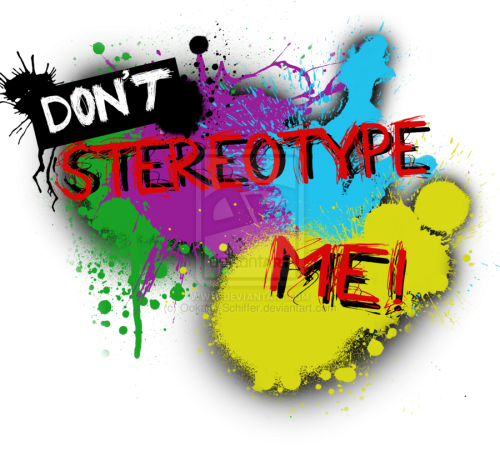One of my primary aims in a rhetoric classroom is to equip students with the skills to thoughtfully respond to the world around them. What that means, as fellow instructors know well, is that sometimes it is appropriate to discuss rhetorical arguments that make the audience uncomfortable—a discomfort that could potentially halt or hinder discussion in the classroom. Moreover, given that every person in a classroom brings with them a distinct set of past experiences, influences, and perspectives, certain arguments and texts can affect some students more personally than others.
As an instructor, I make a conscious effort to establish upfront a classroom ethos that is founded on respect. We respect each other’s viewpoints, as well as those featured in our discussions, and I encourage my students to maintain this respect throughout the semester. Of course, despite the classroom being a “safe space” for reflection and discussion, it can nevertheless be intimidating for a student to vocalize what they notice in a text, especially when they view the text as stating something offensive. One moment in a recent class discussion of mine illustrated this point wonderfully, albeit unexpectedly.
Having defined some key rhetorical topics (induction, causation, correlation, definition, analogy, and difference), I asked my students to assess a variety of texts that feature these strategies. Samples included two-to-three straightforward sentences, an excerpt from an argumentative article about a recently controversial issue, a series of photographs, and a few excerpts from television and film. One excerpt came from the final court scene of Legally Blonde, a well-known film that continues to circulate regularly in popular culture. Specifically, I chose the moment in which Reese Witherspoon’s character Elle Woods realizes that a male witness in the trial could not have been involved with the female accused, despite his testimony that he had been. Elle comes to this conclusion after the witness, Enrique, identifies her shoes by their designer. After watching the one-minute clip, one of my students eagerly began to speak about which of the topics she observed, but she quickly and nervously prefaced her response with a clarification that she herself did not support what she was about to say.
This is precisely why I chose this clip. This moment at the water fountain is, in my opinion, the film’s defining moment. Elle’s eyes widen, and she runs into the courtroom to inform her team about what she is now completely certain: Enrique is gay. Her argument is, approximately: “Enrique knows designers. Gay men know designers. Therefore, Enrique is gay.” According to my students, Elle draws a correlation between Enrique’s sexual orientation and his knowledge of fashion designers based on a stereotype about gay men. Rather than challenge her argument, the accused agrees with her, adding another stereotype to the mix (Enrique listens to Cher). Thus, Elle, who has been struggleing to succeed throughout the entire film until now, takes over the defense and wins the case.
Legally Blonde came out in 2001. Many might say it was a career-defining moment for Witherspoon, and the film was so successful that it has a sequel and a Broadway adaptation. That said, nearly a decade and a half later, my classroom full of young undergraduates watched this one-minute clip and uneasily recognized the rhetorical power of a moment that until now had likely provoked no more than a chuckle. As my students agreed, the basis of Elle’s argument in this scene—an argument that catapults her to victory in the movie—is both flimsy and based on a stereotype.
For me, this was a wonderful teaching moment. Not only did my students recognize a rhetorical topic at-work, but they also demonstrated an understanding of how far-reaching, significant, and even insidious argumentation strategies may be. To put the aforementioned student at ease, I took a moment to commend her on being conscientious enough to distinguish herself from an offensive argument, and I reminded the class as a whole that in our classroom it is okay for us to talk about what we observe in texts without claiming personal responsibility for them. In fact, that is one of the most important reasons for taking this course: to learn how to respond thoughtfully to others while establishing and maintaining one’s own position.


